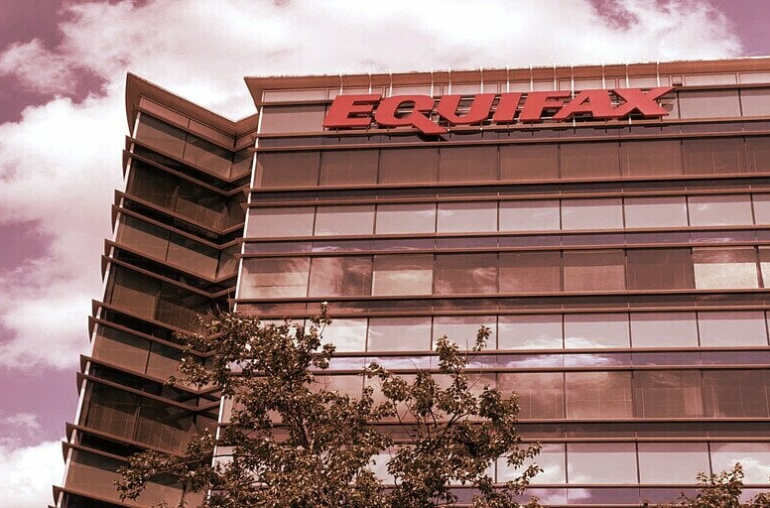Subscribe for full access to The Hollywood Reporter
In a motion, the director argues his NFTs are based on his copyrights to the screenplay and don’t infringe on Miramax’s copyrights to the movie.
By Winston Cho
Miramax’s suit against Quentin Tarantino over plans to release non-fungible tokens based on Pulp Fiction opens a new front in the battle of NFTs. The studio argues that it’s a zero-sum game: only one side should be allowed to profit off of the new frontier of TV and film exploitation. But the case may beg for a more nuanced outcome in the form of a ruling permitting both sides to sell NFTs based on ownership of certain copyrights.
The suit asks whether Tarantino, who wrote and owns the copyright to the screenplay for Pulp Fiction, has the right to publish portions of the work through the sale of NFTs.
blogherads
.defineSlot( ‘medrec’, ‘gpt-article-mid-article-uid0’ )
.setTargeting( ‘pos’, [“mid-article1″,”mid-articleX”,”mid”,”mid-article”] )
.setSubAdUnitPath(“ros/mid-article”)
.addSize([[300,250],[2,2],[300,251],[620,350],[2,4],[4,2]])
;
});
The case could swing on contract interpretation. Tarantino says the publication of the NFTs are within his reserved rights. According to his deal with Miramax, Tarantino has the rights to “print publication (including without limitation screenplay publication, ‘making of’ books, comic books and novelization, in audio and electronic formats as well, as applicable)” as well as “interactive media.”
“The allegations in Miramax’s complaint make clear that the primary content associated with the NFTs to be auctioned off to the public consists of electronic copies of ‘the uncut first handwritten scripts of ‘Pulp Fiction,’” writes Bryan Freedman, representing Tarantino, in a June 21 motion for judgment on the pleadings. “There is no question that this constitutes an electronic publication — a distribution of one or more electronic copies — of the Screenplay.”
Miramax, meanwhile, claims that its rights are farther-reaching and account for technology not yet created in 1996 when the deal was consummated. The company, which owns the copyright to the movie, puts front and centers catch-all language in its contract that says it owns “all rights . . . now or hereafter known. . . in all media now or hereafter known.”
Moving for an early win in the case, Tarantino urges the court to focus on copyright law. He argues that he’s not infringing on any of Miramax’s copyrights since the NFTs will exploit the screenplay for Pulp Fiction and not the movie itself.
“The screenplay for a film is an original copyrighted work that precedes the motion picture, and exclusive copyrights in the screenplay — including elements like the dialogue, characters, plot and scene descriptions — reside with the author of the screenplay,” Freedman writes. “The motion picture that is created from the screenplay is a derivative work thereof.”
blogherads
.defineSlot( ‘medrec’, ‘gpt-dsk-tab-mid-article2-uid1’ )
.setTargeting( ‘pos’, [“mid”,”mid-article2″,”mid-articleX”] )
.setSubAdUnitPath(“ros/mid-article2”)
.addSize([[300,250],[300,251],[620,350],[2,4],[4,2]])
;
});
Miramax’s copyrights for the movie extend only to new elements that aren’t derived directly from the screenplay, such as the presentation of the film, the actors’ interpretations of the characters and any added music or sound effects, according to Tarantino. The NFTs he plans to release, however, are a derivative of the screenplay. The primary content associated with the NFTs to be auctioned off consists of electronic copies of the first handwritten scripts of Pulp Fiction, Tarantino says.
A possible outcome of the case could be an order permitting both sides to sell NFTs based on their copyrights.
“Both sides have their reserved rights and both sides have the ability to use NFTs to exercise those rights — Miramax with regard to the movie and Tarantino with regard to the screenplay,” says Jeremy Goldman, a partner at Frankfurt Kurnit Klein & Selz focusing on entertainment and technology law.
But this result will turn on an order finding that NFTs aren’t contemplated in rights reserved by either party. Miramax leans on contract language holding that it owns “all rights . . . now or hereafter known. . . in all media now or hereafter known,” but NFTs aren’t traditionally considered media.
“NFTs are not a form of distribution or media — that’s the misunderstanding by Miramax,” Goldman says. “They view NFTs as a medium for distribution, part of how people view content. That’s not what it is. It’s just a record of ownership.”
Miramax’s gripe with Tarantino’s plans could flow from the director initially including elements from the movie in his NFTs. Early artwork, for example, featured images of Samuel L. Jackson and John Travolta, which would’ve likely infringed on Miramax’s copyright to the movie. They’ve since been replaced with images of Tarantino.
Sign up for THR news straight to your inbox every day
Unique expertise on how the law impacts Hollywood pros, projects and processes
Subscribe for full access to The Hollywood Reporter
Send us a tip using our anonymous form.



